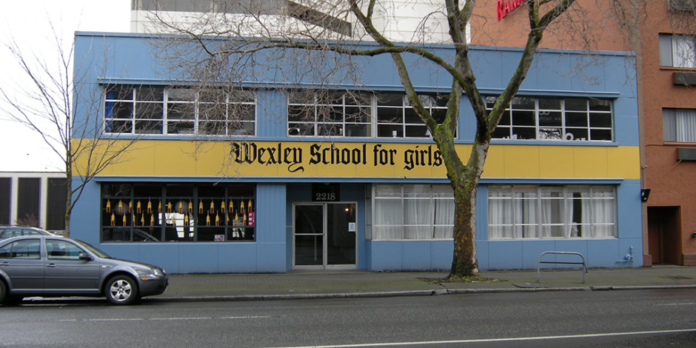By Dan Japhet: Media Monitor
In what we called the good ol’ days, the only things that closed an agency were losing a major account or a key account exec or creative director. I know. Been there, done that—many times over.
But what we’re beginning to see now is what visitors to the MARKETING website correctly called “A Sign of the Times.” That option was the leading vote-getter in the recent QwkQiz on Wexley’s imminent closing, finishing well ahead of the other two options: Cause for Concern and Surprising.
Yes, definitely a sign of the times. Increasing in-house competition, appeal of the virtual-agency business model, growing digital competition and shrinking budgets in a fragile economy—all are forcing agencies to shrink and then fold, especially those unwilling or unable to provide digital alternatives to clients.
When clients talk about digital or social media, they’re mainly referring to Facebook. And Facebook only takes so much client advertising; there’s a limit. So clients mistakenly devote dollars to digital-display ads, paid search and targeted digital plans. However, recent studies are showing that these alternative-media spends are not as effective as traditional media (i.e., television, radio, print, out-of-home, etc.) And the more you add to your digital spend, the less effective it will be.
Despite this growing evidence that social media is neither free (as some clients believe!) nor more effective than traditional, the clients’ perceptions are solidly on the side of digital. Ergo: The days of ad agencies, as we knew them, are dead—unless they adapt swiftly and significantly.
To be crystal clear, what I’m talking about here is the agency model that has dominated the advertising landscape—both here and abroad—for the past 80-plus years: A shop with a full-time staff of 30 or more that creates and places predominantly traditional media. And for most of those years, the compensation was based on a standard 15% commission on media placements. The combination of a move away from media-based compensation and the rise of digital media in the past decade is the double whammy that has let to the current condition.
Those shops that figure out how to evolve from commission-based to hourly compensation may survive longer than most. But switching to an hourly base that consolidates all of the digital and traditional ad work under one umbrella is a design for disaster. A profitable operating plan will require new thinking on the billings front that also is adjusted to the size of the agency.
As things stand now, it’s just a matter of watching all the attempts to stay afloat and the multiple failures that are destined to come quickly. Wexley, almost certainly, is just the beginning. I’ll talk in more detail about the structure of shops of the future in subsequent posts…
Dan Japhet is a 40-year industry veteran and principal of Strategic Media Alignment, a marketing/media company offering strategic counsel and media placement for Northwest clients. You can contact him at dj@japhetmedia.com.







Just read the Japhet article, good think piece. But I think it might be worse than he thinks.
Back in the good old days – I started in advertising at the end of the Mad Men era – the agency model worked. I think the reason the golden age is over, never to return, is clear. At least to me, and it’s more than just the demise of the 15% commission.
Let’s look at two business issues not often discussed, cost and risk. When costs and risk were high, clients hired agencies for two reasons:
Agencies had the expertise to handle very expensive and complicated creative, production and campaign management. Typically, the people who were good at it wouldn’t even consider working on the client side, so clients had to hire agencies.
The primary risk was borne by the agency, not the client. Truth be told, clients are typically very risk adverse. If a campaign failed, fire the agency, run an agency review and keep your job. If the campaign was a giant success, everybody got promoted. Not to mention big parties, expense account lunches and trips to Cannes!
Two things then converged at about the same time. We all know about the intrusion of purchasing into the agency hiring process. Purchasing departments have commoditized agency functions and are driving down margins. Reduced margins push out high-paid talent and that, in turn, is affecting the work. That further commoditizes agency deliverables. This is a downward spiral hard to escape.
And then it gets worse.
Something else happened at about the same time, the migration of marketing budgets into the online world. Compared to traditional media, online advertising is much less expensive. In addition, a client can test an idea at low cost and if it doesn’t work, pull it immediately. Then, keep trying new ideas at low cost until it’s right! Therefore, cost and risk are low. So, the chance of a career threatening failure is also low. So why not bring the work inside? It’s cheaper and faster to do the work internally. Added bonus: The more people a manager can boss around, the higher their position and salary can go! That’s why so much online work is going inside. And it will continue, at an accelerating pace, as the skill sets and success models required to do this work successfully become more defined. If I’m right, the agency chase for online budgets is also doomed over time, since that work will ultimately be done in house.
I don’t see an end to this death dance. Do you?
Comments are closed.